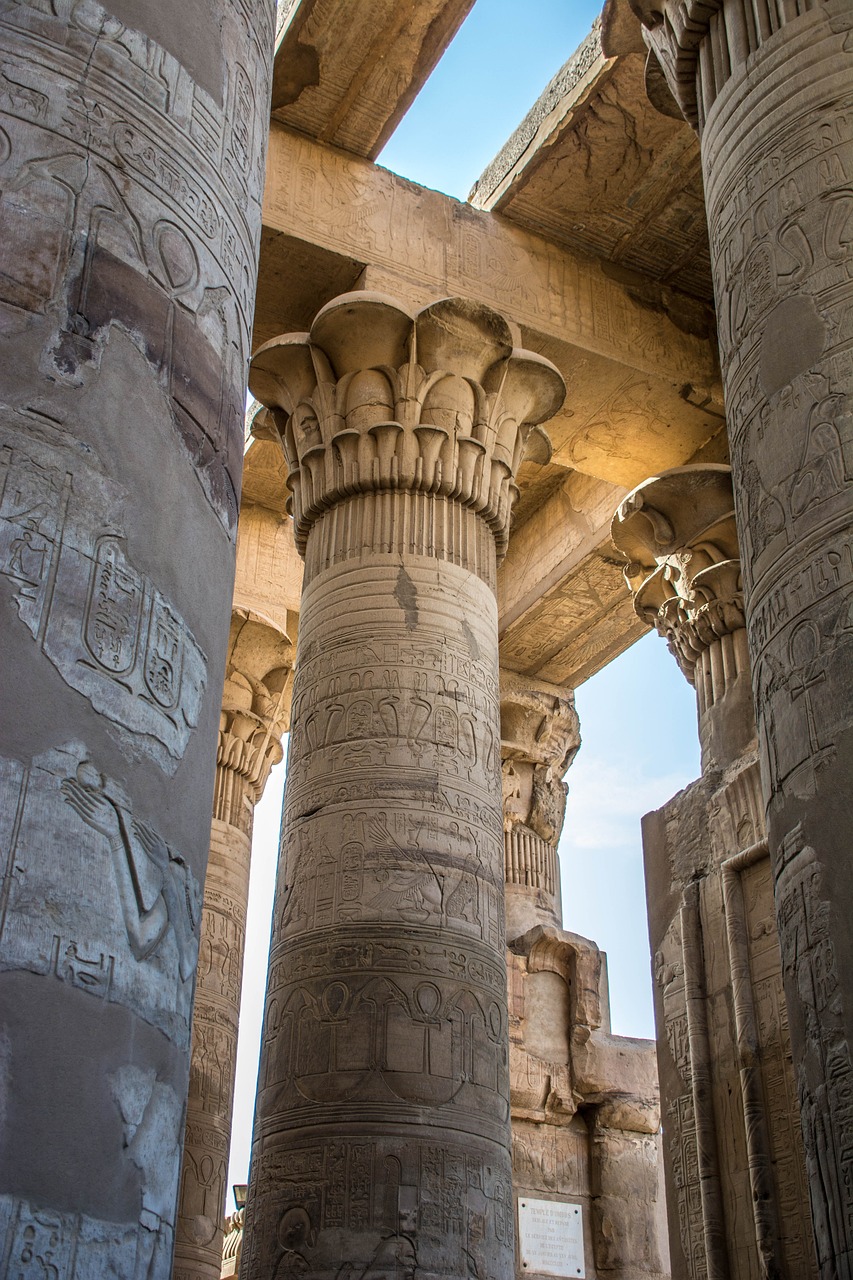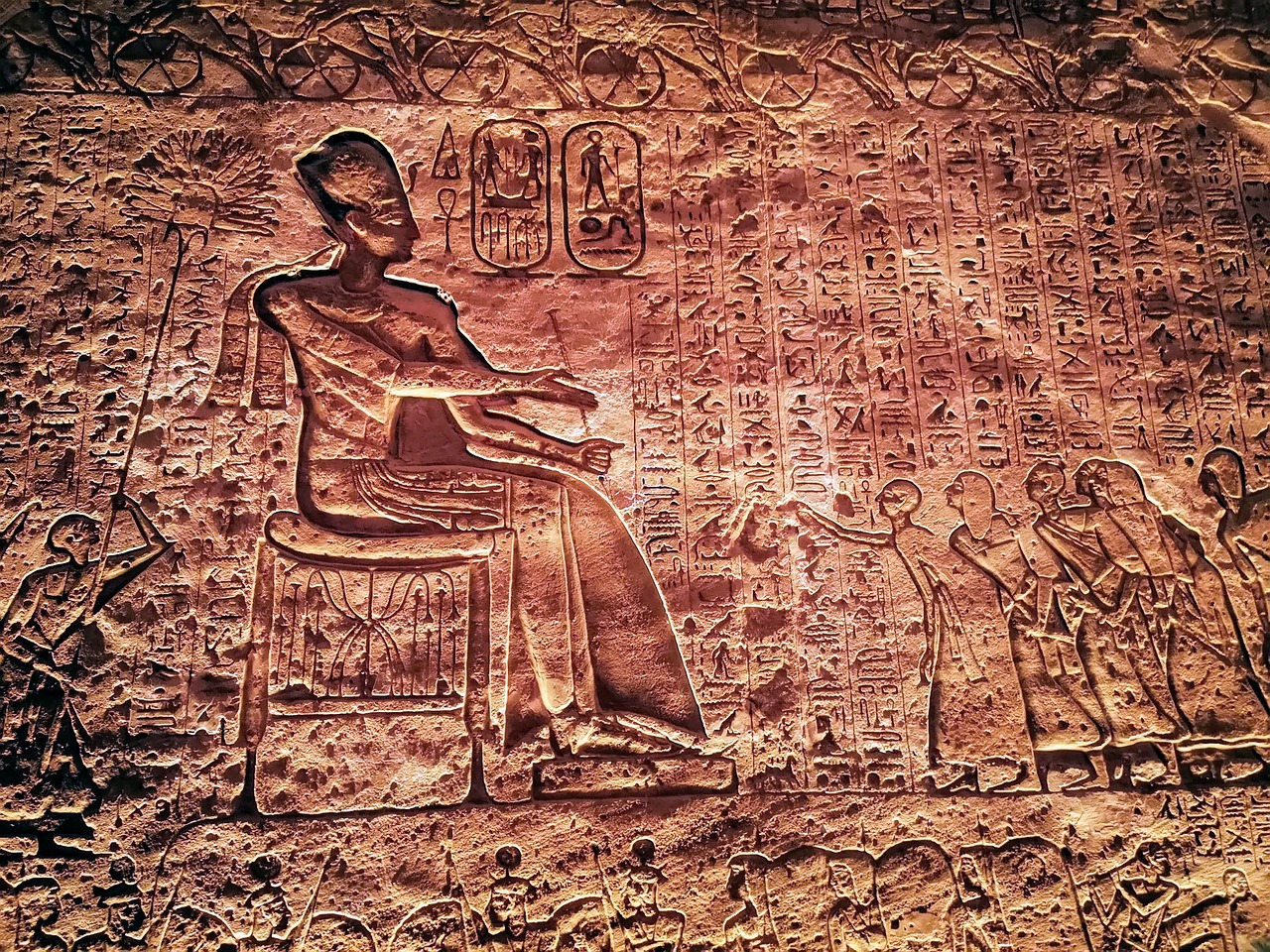Tag: ancient Egypt
-
Goddess Seshat: The Divine Scribe of Ancient Egypt Seshat, which translates to “female scribe,” held the esteemed role as the goddess of documentation and literature in ancient Egyptian culture. She was entrusted with the important task of chronicling the years of reign for pharaohs and safeguarding the House of Life, an institution dedicated to preserving…
-
Ancient Egyptian religion encompasses the indigenous beliefs of Egypt from predynastic times (around the 4th millennium BCE) through to the eventual decline of traditional culture in the early centuries CE. For a comprehensive understanding, one should reference the historical context of Egypt. Overview and Importance Egyptian religious beliefs and practices were intricately woven into the…
-
In 1460, an intriguing discovery was made by Cosimo de Medici, a prominent Italian noble. His passion for collecting rare and ancient texts had led him to seek out the obscure writings of great Greek thinkers such as Plato. Sadly, many of these texts had been lost to history due to the destruction of libraries…
-
The Bennu: A Symbol of Resurrection in Ancient Egyptian Mythology The ancient Egyptian mythology is rich with symbols, one of the most prominent being the Bennu bird, often recognized as the phoenix. This mythical creature exemplifies themes of rebirth, renewal, and the cyclical nature of existence among the ancient Egyptians, particularly representing resurrection and the…
-
In my previous discussion regarding the deity Ptah, I focused on his physical appearance and the contexts in which he was historically depicted. Today, the exploration will delve deeper into the significance of Ptah within the ancient Egyptian belief system, emphasizing his pivotal role. Ptah is predominantly recognized as a creator, not just in terms…
-
Ma’at, the revered goddess of ancient Egypt, embodies the principles of truth, justice, harmony, and balance—concepts collectively known as ma’at. Her worship can be traced back to the Old Kingdom era (2613 – 2181 BCE), although she likely existed in some form prior to that. Ma’at is often visualized as a winged woman, frequently portrayed…
-
The ancient Egyptian civilization stands out as the earliest documented among the foremost global civilizations. Prior to Egypt, little is understood about prehistoric societies, yet they are believed to have been driven by superstition, and their capacity to manage illnesses was rudimentary, if not altogether absent. The societal stability afforded by ancient Egypt fostered advancements…
-
Ancient Egyptian religion encompasses the native spiritual practices of ancient Egypt, spanning from the predynastic era in the 4th millennium BCE until the decline of traditional beliefs in the early Common Era. For in-depth historical context and chronological specifics, one may refer to the broader history of Egypt. Nature and Significance Egyptian religious beliefs and…
-
The Significance of Ra in Ancient Egyptian Religion Ra, also known as Re, stands as the revered sun god within the pantheon of ancient Egyptian deities. One of the most venerated figures in Egyptian mythology, Ra is mixed with other gods like Horus, forming identities such as Ra-Horakhty (the morning sun), Amun (the noonday sun),…
-
The Enduring Legacy of Imhotep Imhotep, an iconic figure in Egyptian history, is most commonly linked to the groundbreaking step pyramid of King Djoser, known by his divine title Netjerkhet. The precise details of Imhotep’s life remain obscure, largely due to the limited number of ancient sources available from his era. The scanty references that…






